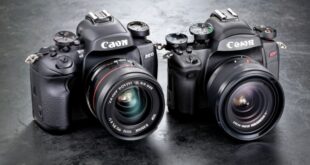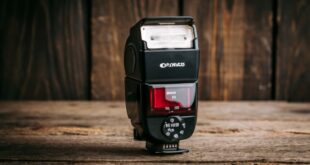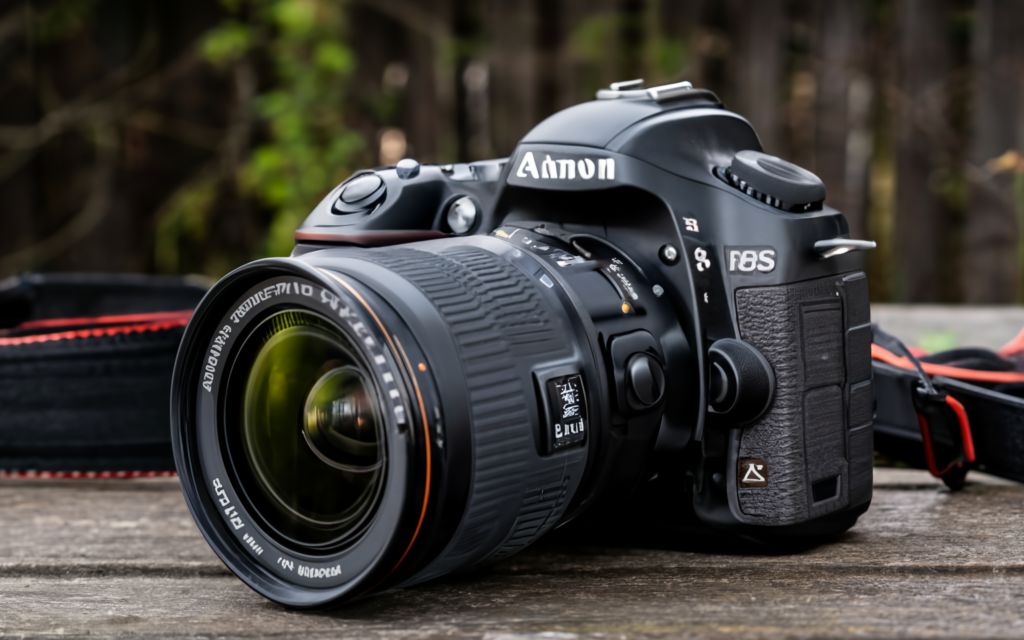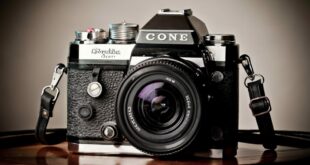Introduction
Hey, guys! Welcome to our in-depth analysis of astro cameras and DSLRs. In this article, we’ll explore the key differences between these two popular devices used in astrophotography. Whether you’re a professional photographer or an enthusiastic stargazer, understanding the nuances of each camera type will help you make an informed decision. So, let’s dive right in!
The Basics: Astro Cameras and DSLRs
🔭 Astro Cameras: These specialized devices are designed specifically for capturing celestial objects. They offer features like sensitive sensors, high ISO range, and advanced cooling systems to reduce noise during long exposure shots. Astro cameras excel in capturing faint details of stars, galaxies, and nebulae.
📷 DSLRs: Digital Single Lens Reflex (DSLR) cameras, on the other hand, are versatile tools widely used for various photography genres. With interchangeable lenses, full manual controls, and a large user base, DSLRs offer flexibility and accessibility. They can capture stunning astrophotography shots but may require modifications to match the capabilities of astro cameras.
Advantages of Astro Cameras
1. Superior Sensitivity and Low Noise
Astro cameras are equipped with specialized sensors that have high quantum efficiency, ensuring excellent light-gathering capabilities. This enables them to capture faint astronomical objects with exceptional clarity. Additionally, their advanced cooling systems minimize sensor noise, resulting in cleaner images.
2. Extended Exposure Times
Unlike DSLRs, which may experience sensor overheating during extended exposures, astro cameras are designed to handle long exposure shots effortlessly. This allows astrophotographers to capture intricate details and subtle features of celestial bodies, such as capturing the mesmerizing colors of nebulae or intricate structures within galaxies.
3. Dedicated Software and Accessories
Astro cameras often come with specialized software and accessories tailored for astrophotography needs. This includes software for image stacking, calibration, and post-processing, allowing photographers to extract the highest level of detail from their captured images. Moreover, dedicated filter wheels and telescope adaptors further enhance the capabilities of astro cameras.
4. Possibility for Cooling
Many astro cameras offer cooling features that allow the sensor to reach lower temperatures. Cooler sensors reduce the electronic noise, resulting in cleaner images with enhanced details. This is particularly important when capturing faint celestial objects where every bit of sensitivity matters.
5. Specialized Image Sensors
Astro cameras often utilize sensors with larger pixel sizes, maximizing their light-gathering capacity. These sensors are specifically designed for astrophotography, enabling photographers to capture more details in low-light conditions. The individual pixels can also hold more charge, further enhancing the dynamic range and minimizing noise.
6. Efficient Post-Processing Workflow
With their dedicated software and calibrated data, astro cameras offer a more streamlined and efficient post-processing workflow. The software provided by manufacturers is often optimized for astrophotography, saving photographers valuable time when enhancing and optimizing their images.
7. Integrated Tilt-Shift Functionality
Some high-end astro cameras feature integrated tilt-shift functionality, allowing photographers to correct distortion and ensure perfect focus across the frame. This is particularly useful when capturing wide-field astrophotography shots, ensuring every corner of the image is sharp and distortion-free.
Disadvantages of Astro Cameras
1. Higher Price Range
Astro cameras, with their specialized features and advanced technology, tend to be more expensive compared to DSLRs. The additional investment might be a deterrent for beginners or photographers who primarily focus on other genres.
2. Learning Curve
Using an astro camera requires a certain level of technical knowledge and understanding of astrophotography. Beginners may find it challenging to grasp the intricacies of this specialized equipment, especially if they are new to the field.
3. Limited Usability
While astro cameras excel in astrophotography, their functionality may be limited for other genres. DSLRs, on the other hand, offer a wider range of applications, making them more versatile tools for photographers who enjoy exploring multiple photography disciplines.
4. Longer Setup Time
Astro cameras often require additional setup time due to their specialized accessories and cooling systems. Setting up telescopes, filter wheels, and ensuring proper calibration can be time-consuming, especially for photographers looking for a quick and spontaneous photography session.
5. Bulky and Heavy
Due to the inclusion of various components and cooling systems, astro cameras can be bulkier and heavier compared to DSLRs. This might pose challenges when it comes to portability and mobility, especially for photographers who prefer lightweight gear or frequently travel to remote locations.
6. Limited Autonomy
Astro cameras typically require a constant power supply for their cooling systems and other features. This could limit their usage in situations where a power source is not readily available, such as during remote astrophotography sessions or capturing the night sky in secluded areas.
7. Compatibility with Telescope Systems
While astro cameras are designed to seamlessly integrate with telescope systems, they may not be compatible with all models or setups. It is crucial to ensure compatibility and invest in additional adaptors or accessories if necessary.
| Astro Camera | DSLR | |
|---|---|---|
| Sensitivity | High | Variable, depending on model |
| Noise | Low | Variable, depending on ISO and sensor quality |
| Exposure Length | Long exposure capabilities | Restricted due to sensor overheating |
| Software and Accessories | Dedicated software and accessories | Wide range of software and accessories |
| Cooling | Possibility for integrated cooling systems | Absence of cooling systems |
| Pixel Size | Larger pixels for enhanced low-light performance | Variable, depending on model |
| Portability | Can be bulky and heavy | Lightweight and portable |
Frequently Asked Questions (FAQs)
1. Can I use a DSLR for astrophotography?
Yes, DSLRs can be used for astrophotography. However, they may require modifications or additional accessories to match the capabilities of dedicated astro cameras.
2. Are astro cameras only for professionals?
No, astro cameras are suitable for both professionals and amateur astrophotographers. However, beginners may face a steeper learning curve compared to using DSLRs.
3. Can I use the same lenses for astro cameras and DSLRs?
Yes, many lenses are compatible with both astro cameras and DSLRs. However, certain telescope systems and specialized lenses may be required for astro cameras.
4. Do astro cameras produce better image quality than DSLRs?
Astro cameras are specifically designed for astrophotography and often offer superior image quality in terms of sensitivity and noise performance. However, the overall image quality also depends on various factors, including the skill of the photographer.
5. Can I achieve similar results with a DSLR by stacking images?
While image stacking can improve the quality of images captured with a DSLR, it may not match the level of detail and sensitivity achieved by dedicated astro cameras.
6. Are astro cameras worth the investment?
If astrophotography is your primary focus and you are committed to capturing the finest details of celestial objects, investing in an astro camera can significantly enhance your results. However, for those exploring various photography genres, a DSLR may offer more versatility.
7. Why do astro cameras require cooling?
Cooling reduces sensor noise, ensuring cleaner images with minimal interference from electronic signals. It is particularly crucial when capturing faint celestial objects.
8. Can I use an astro camera without a telescope?
Astro cameras can be used without a telescope, but their capabilities are optimized when coupled with telescope systems.
9. Are there any budget-friendly astro cameras available?
Yes, there are astro camera models available at various price points. However, it’s important to consider the features and specifications that align with your astrophotography goals.
10. Can I use a DSLR lens with an astro camera?
Many DSLR lenses can be used with astro cameras, but certain telescope adapters may be required for proper compatibility.
11. Do astro cameras have autofocus capabilities?
Most astro cameras do not have autofocus capabilities. Achieving focus often relies on manual adjustments or additional accessories.
12. Can I capture deep sky objects with a DSLR?
Yes, DSLRs are capable of capturing deep sky objects. However, astro cameras offer better sensitivity and low-noise performance, resulting in superior image quality.
13. Can I capture planets and the moon with an astro camera?
Astro cameras are predominantly designed for capturing deep sky objects, but they can also be used for planetary and lunar photography. However, for capturing fine details on planets, specialized planetary cameras may offer better results.
Conclusion
In conclusion, the choice between an astro camera and a DSLR depends on your specific needs and preferences. Astro cameras excel in capturing faint celestial objects, offering superior sensitivity and low noise performance. They come with dedicated software and accessories, making the entire astrophotography workflow efficient. However, astro cameras can be more expensive, require a steeper learning curve, and may have limited usability beyond astrophotography. On the other hand, DSLRs offer versatility, portability, and a wider range of applications.
Before making a decision, consider your budget, level of expertise, and the primary genre of photography you wish to pursue. Evaluate your astrophotography goals and choose the camera that aligns with your vision. Whichever option you choose, remember to have fun, explore the cosmos, and capture the beauty of the night sky!
Closing Statement
Thank you for joining us in this comparative journey between astro cameras and DSLRs. We hope this article has provided valuable insights into the capabilities and differences between these two camera types. Remember, the world of astrophotography is vast, and no single device can fully capture its wonders. It ultimately boils down to your passion, creativity, and dedication to explore the depths of the universe through the lens of your chosen camera.
Disclaimer: The information provided in this article is based on general knowledge and research. The opinions expressed are solely those of the author’s and should not be considered as professional advice. Always consult with experts or conduct further research before making any purchasing decisions.



